In-Depth| As odd-even rule makes a comeback to Delhi, here's all you need to know
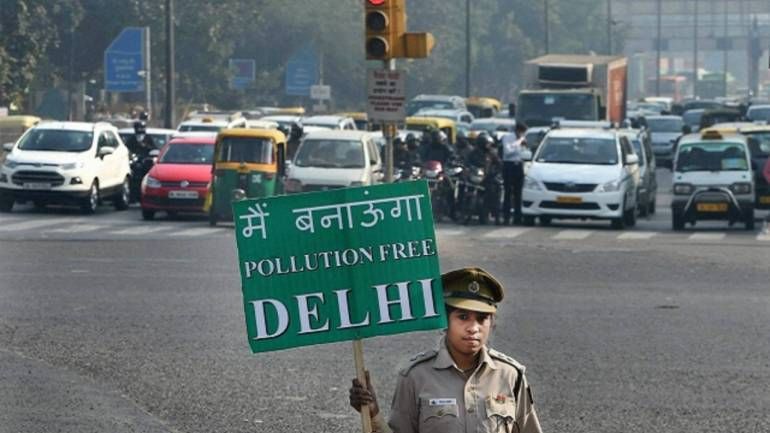
Delhi Chief Minister Arvind Kejriwal’s pet policy, the odd-even scheme, will be back to the National Capital and is, for now, back in the headlines.
Kejriwal said on October 17 that the odd-even traffic rule would be implemented for a period of 12 days next month, starting from November 4 and going on till November 15.
"The scheme will also include vehicles coming from other states, and only non-transport four-wheeled vehicles, two-wheelers will be exempted," Kejriwal said during the announcement.
What is the odd-even scheme?
Simply put, in the odd-even policy — which had been one of Aam Aadmi Party’s signature policies to tackle air pollution in New Delhi — vehicles with their registration numbers ending in even digits are allowed to ply on even dates while vehicles with numbers ending in odd digits are allowed to ply on odd dates.
What is the idea behind the scheme and where did it come from?
According to reports, the idea is modeled on another scheme that the Chinese government had implemented in Beijing in 2008, just before the summer Olympics. While the rule was supposed to be temporary, it eventually turned out to be quite effective, and was permanently implemented by the government in China.
The idea has been implemented elsewhere in the world as well, such as in Paris and Mexico, as also Brazil and Norway. However, in Paris, reports suggest that the policy was halted after only about a day, ostensibly because the purpose of the move— to cut down air pollution— was achieved.
Officials have said before that while the odd-even scheme is not the only solution, it helps in the reduction of vehicular emission.
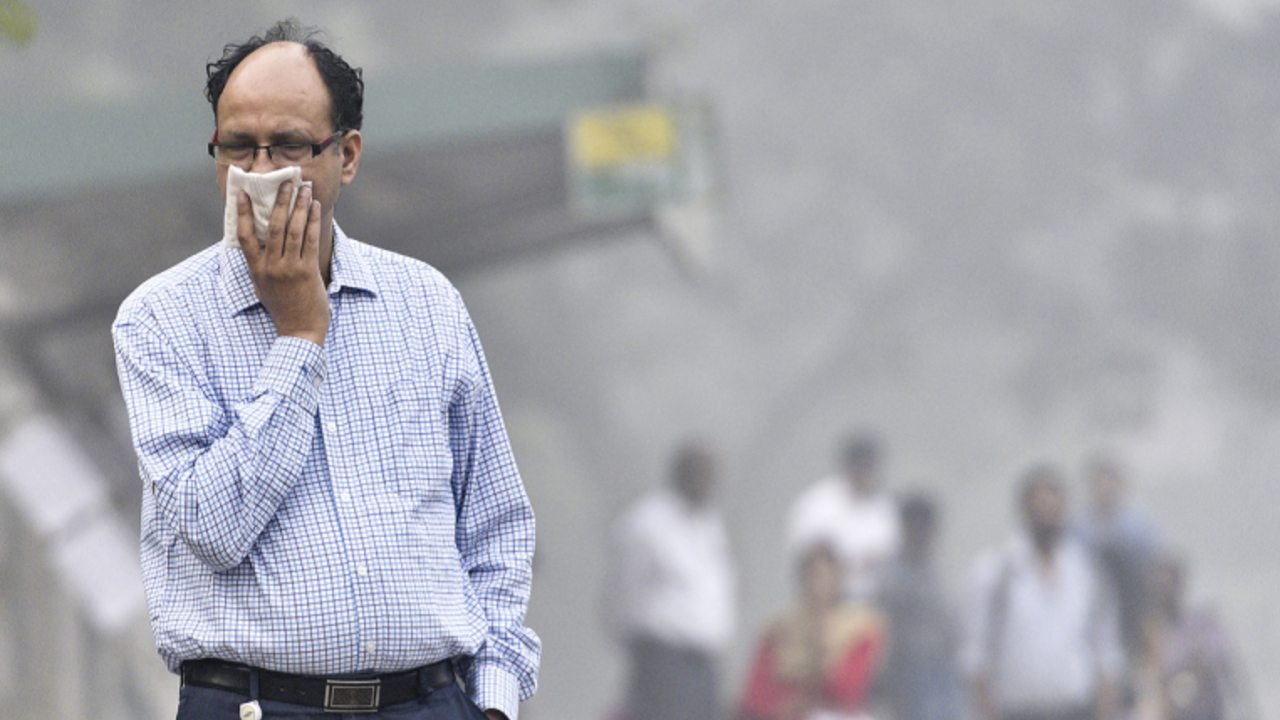
Why now?
In September, when it was announced that the third phase of the rule would be implemented in November, the Delhi government had said the scheme is required to tackle pollution created by the stubble burning in Punjab and Haryana during that period.
"Due to stubble burning, the pollution level increases in the months of November and December in Delhi. To counter it, the odd-even scheme is required. This is a type of emergency measure that we take in order to control pollution," AAP leader Atishi had said.
On October 16, reports suggest that the Air Quality Index (AQI) in Delhi and surrounding areas plunged to 'very poor category'. An AQI between 0 to 50 is considered to be 'good', while one between 301 to 400 is categorized as ‘very poor’. Reportedly, the AQI in Delhi at 8:30 am on October 16 was 309.
On the same day, the Delhi government shared an image clicked by NASA of large-scale stubble burning in the adjoining states. According to reports, with the Diwali season approaching, the smog level in the city is also expected to rise. The dates of the odd-even scheme have been decided while taking into consideration all these factors, the Delhi government has said.
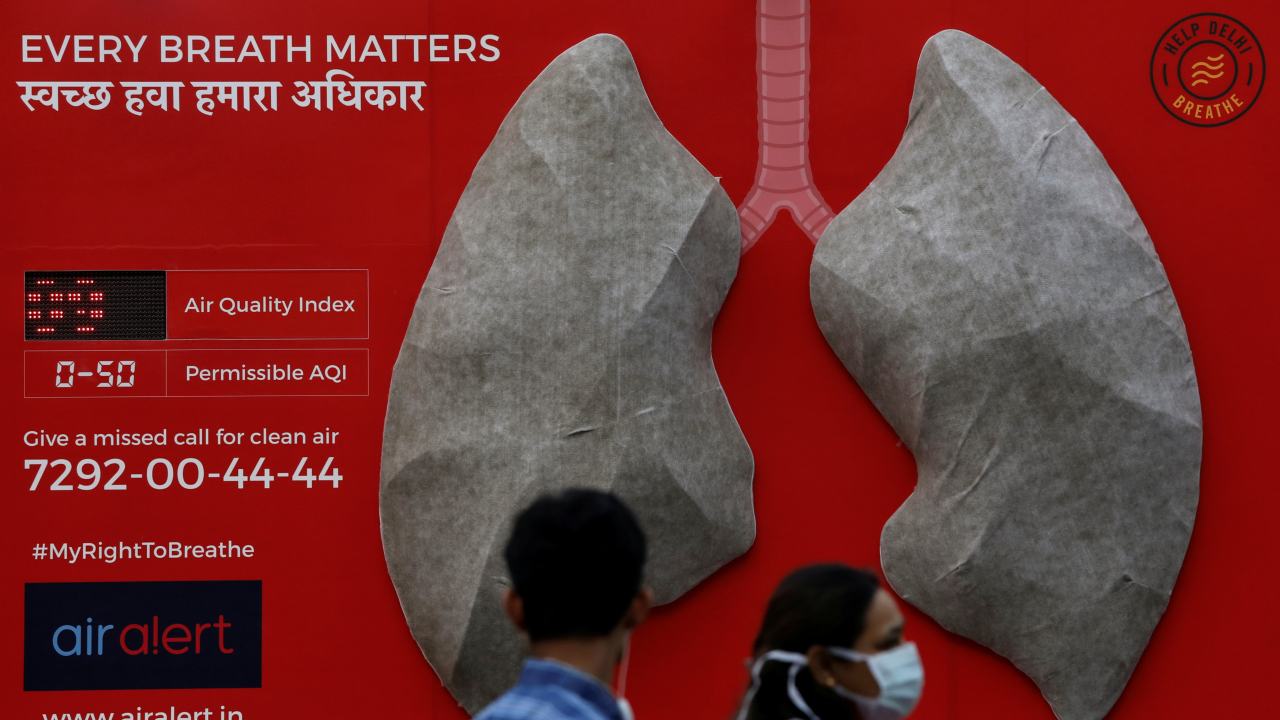 People pass by an installation of an artificial model of lungs to illustrate the effect of air pollution outside a hospital in New Delhi, India, November 5, 2018 (REUTERS)
People pass by an installation of an artificial model of lungs to illustrate the effect of air pollution outside a hospital in New Delhi, India, November 5, 2018 (REUTERS)
Has it been implemented before?
As mentioned earlier, this is the third phase of the scheme. It was started in early 2016 after the Delhi High Court had directed the Center and the state governments to come up with a comprehensive action plan to reduce the National Capital’s “alarming” pollution rate.
The rule was first implemented in January 2016 for 15 days, and then was repeated in April of the same year.
In both the phases, two-wheelers, women-only vehicles, CNG, hybrid and electric vehicles; emergency vehicles and vehicles belonging to VIPs like politicians, Supreme Court judges and defense personnel were exempted.
Was it successful during those phases?
The answer to that depends on who you ask that question. Kejriwal has said that studies have shown the rule has yielded results, with pollution in Delhi getting reduced by 10-13 percent.
In September, Kejriwal had shared data from the Central Pollution Control Board (CPCB) that showed the levels of particulate matter (PM) concentration 2.5 in Delhi had reduced by over 25 percent over the past three years.
However, according to a study conducted by the Indian Institute of Technology (IIT) along with the Indian Institute of Management (IIM), during the first phase, pollution levels in Delhi decreased only by two to three percent. The CPCB itself had told the National Green Tribunal (NGT) in 2017 that "prima facie there is no data to suggest that Odd-Even scheme has any impact in decreasing vehicular pollution".
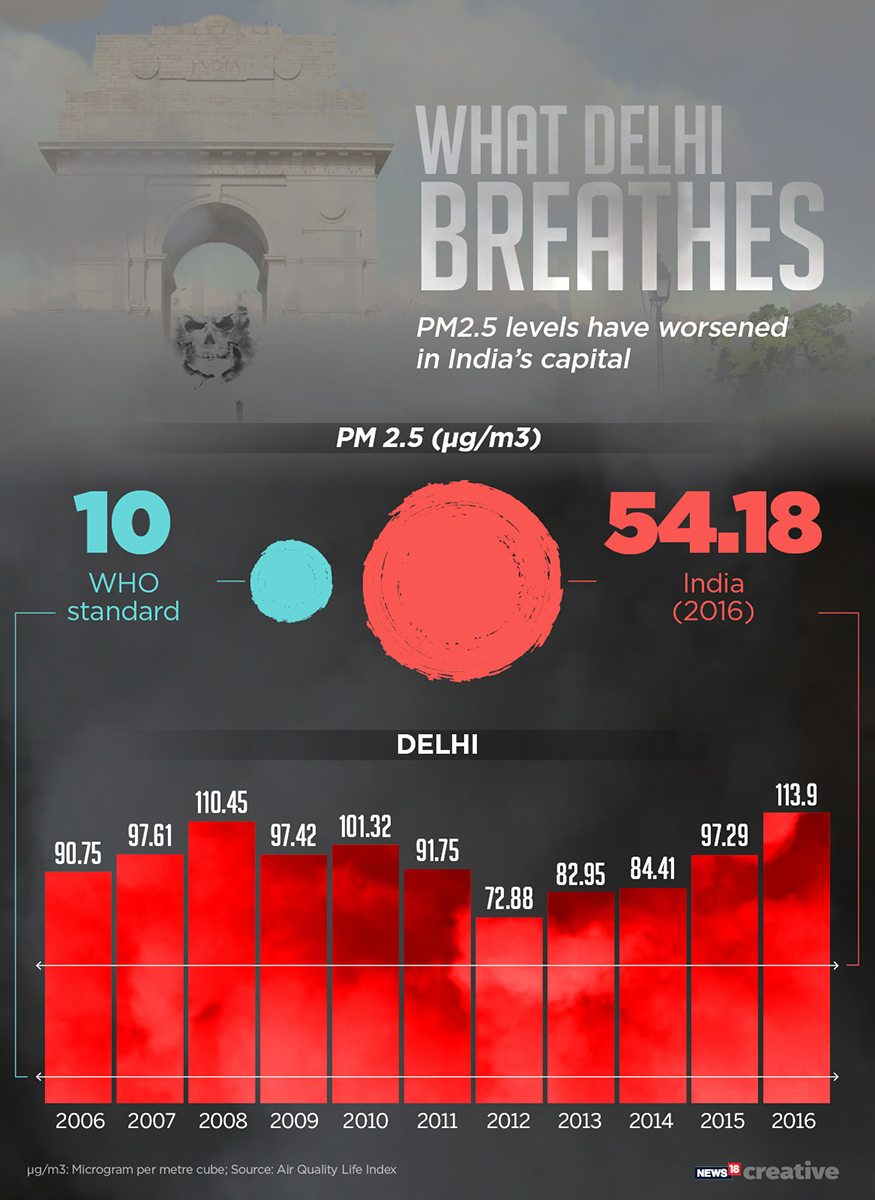 Another study, this time undertaken jointly by the Energy Policy Institute at the University of Chicago (EPIC) and Harvard University had found that pollutants had reduced in the afternoon hours in Delhi during the first phase. The study stated that PM 2.5 declined by 13 percent on an average during the January 1 to 15 period, when the first phase was undertaken.
Another study, this time undertaken jointly by the Energy Policy Institute at the University of Chicago (EPIC) and Harvard University had found that pollutants had reduced in the afternoon hours in Delhi during the first phase. The study stated that PM 2.5 declined by 13 percent on an average during the January 1 to 15 period, when the first phase was undertaken.
The study, however, had highlighted that while the policy can be an emergency measure, it cannot be a long-term solution to the problem of pollution.
How was the scheme received by the people?
The Delhi government had claimed that according to a survey conducted by it after the first phase, of the 4.1 lakh respondents, 81 percent had responded positively to the scheme while 60 percent of them wanted the formula to be implemented permanently.
After the third phase was announced in September, news agency ANI reported that the citizens of Delhi gave a mixed response to the announcement.
The scheme has received a thumbs up, however, from people for the ancillary benefits of it: according to reports, it has helped in lowering vehicular congestion on roads and had led to better functioning of the public transport system.
There was also, of course, the politics of it, with the Bharatiya Janata Party (BJP) and the Congress agreeing, for a change, with each other. Both the parties stated that the scheme is an election stunt, and BJP said that Kejriwal's government is "harassing" the people of Delhi by implementing it.
BJP senior leader Vijay Goel and former Delhi Minister Kapil Mishra stage a protest against Delhi Chief Minister Arvind Kejriwal on the issue of air pollution, at Jantar-Mantar, in New Delhi. (PTI)
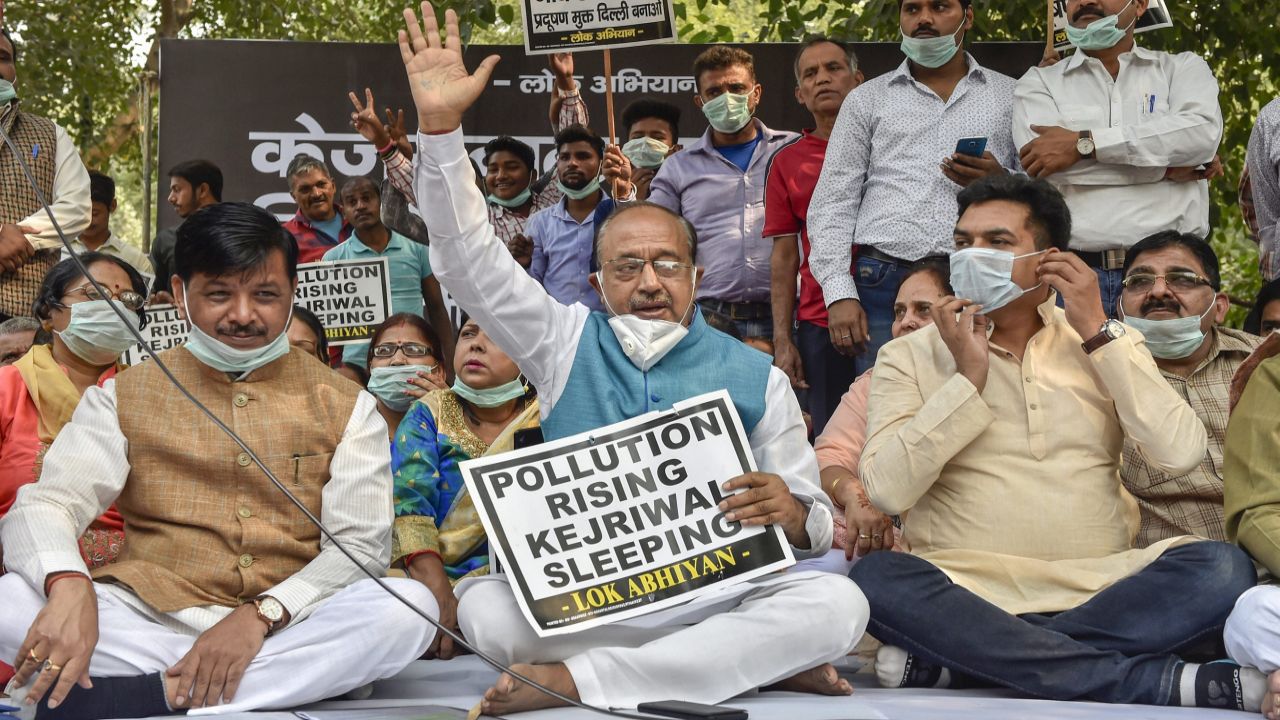 Is the measure required?
Is the measure required?
There is no doubt that pollution needs to be curbed, particularly in the capital, which has been called a "gas chamber" by the Delhi HC.
The debate, however, is regarding the odd-even formula, and whether a measure such as this is necessary.
Delhi is ranked right up there in the World Health Organisation's ranking of the world's most polluted cities, and has been for quite a few years now.
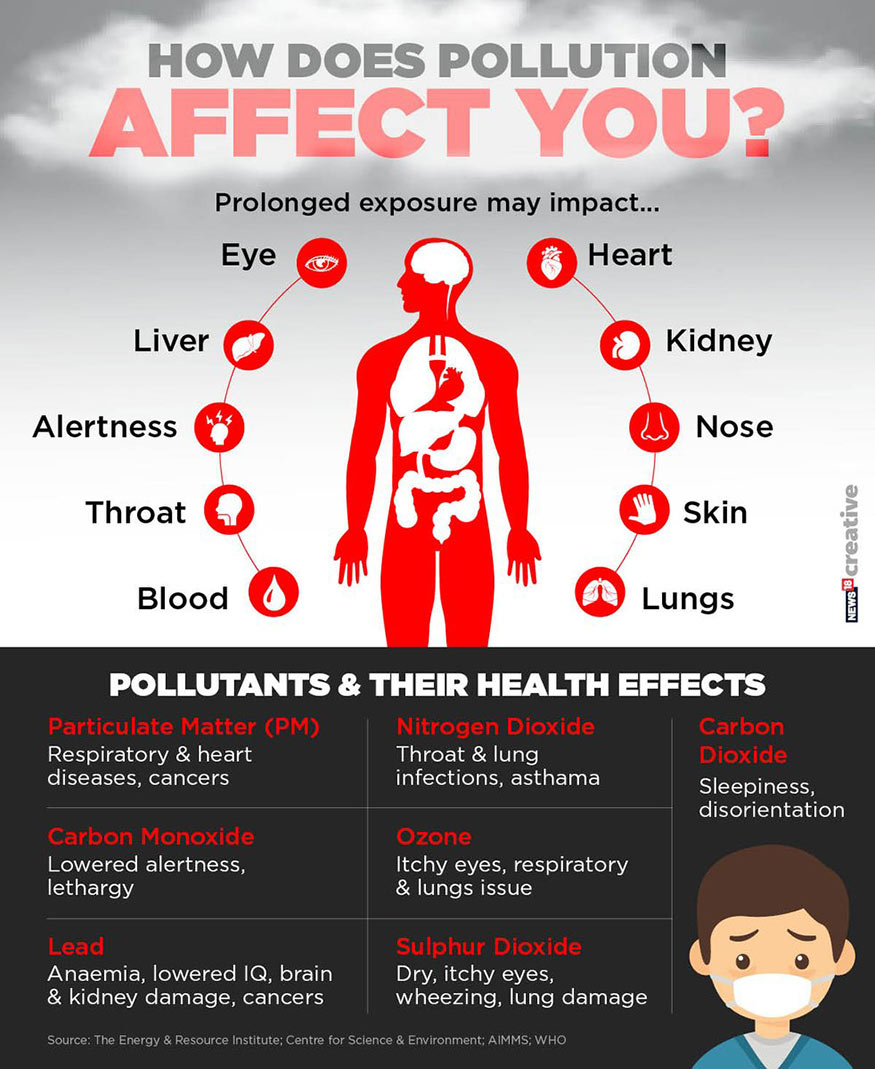
According to News18, the PM in Delhi is worse among other forms of toxic gases and worsens during the winters. According to reports, on the higher side, the PM 10 can reach around 800 µg/m3 (microgram per cubic meters) in Delhi. That is at least eight times more than the prescribed standards, which is around 100 µg/m3.
The PM 2.5—worse than PM 10— can reportedly reach 400 µg/m3, again way more than the prescribed limit of 60 µg/m3.
Is there any difference between the previous two phases and the third one?
For starters, the fine for not following the rules has been increased from Rs 2,000 to Rs 4,000.
Moreover, vehicles coming from other states will also have to follow the policy. There is also an addition in the exemption list, with vehicles carrying school children not coming under the rule's gambit.
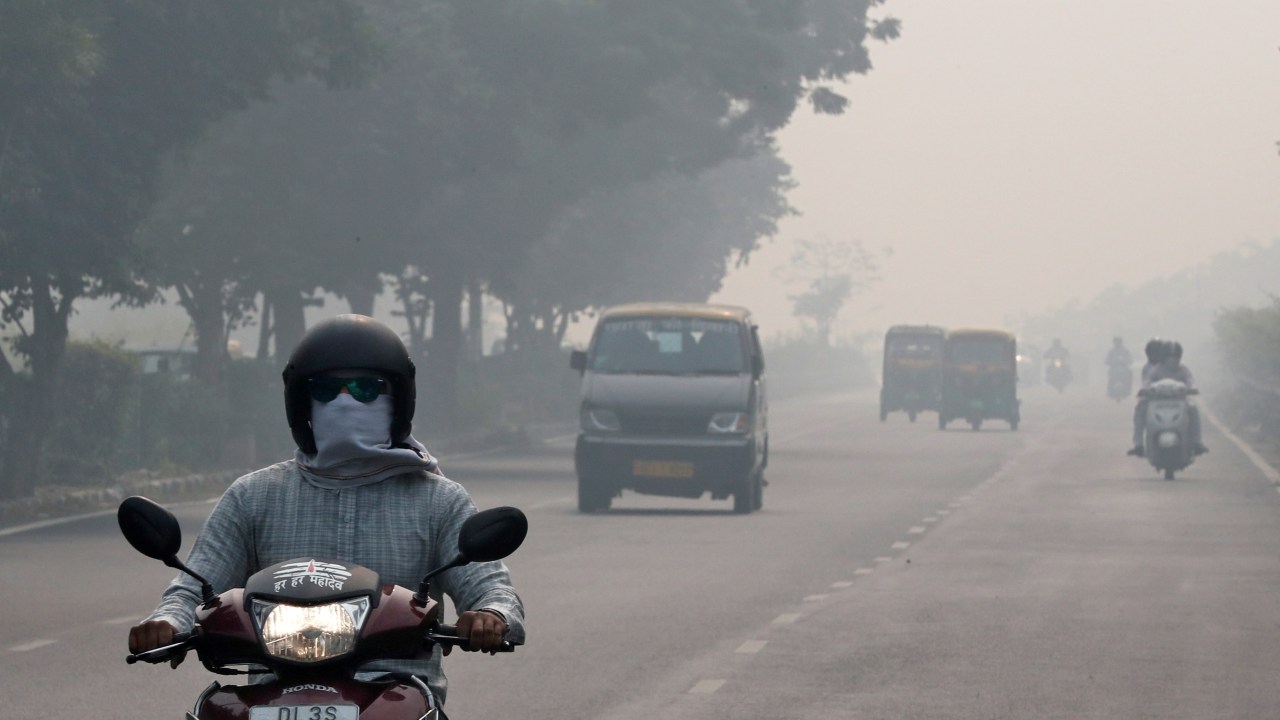 So, what are the rules this time around?
So, what are the rules this time around?
Apart from those differences, the rules remain more or less the same. The rule will be applicable in Delhi from 8 am to 8 pm, except on Sundays.
Two-wheelers and private vehicles carrying "school-children in school uniform" will also be exempted. While Chief Ministers of other States and UTs will be exempted the rule will be applicable for Chief Minister and Ministers of Delhi, Kejriwal has said.
The CM also said that emergency vehicles will also be exempted, as also people with medical emergencies being transported in private vehicles.
Others who are exempted include: President, Vice President, Prime Minister, governors, CJI, Speaker of Lok Sabha, vehicles of union ministers, Rajya Sabha and Lok Sabha Leaders of Opposition, vehicles of chief ministers of states & UTs, vehicles of Supreme Court Judges, UPSC Chairperson, Chief Election Commissioner, Election Commissioners, CAG, Dy Chairman Rajya Sabha, Dy Speaker of Lok Sabha, Lt Governor of Delhi, Judges of Delhi High Court and Lokayukta.
Those not exempted include: Four-wheeled vehicle driven by men, private CNG vehicles, non-Goods vehicles from other states and MLAs of other states.
Source: https://www.moneycontrol.com/news/india/in-depth-as-odd-even-rule-makes-a-comeback-to-delhi-heres-all-you-need-to-know-4546811.html





























































Comments
Test name February 19, 2016 Reply
There are many variations of passages of Lorem Ipsum available, but the majority have suffered alteration in some form, by injected humour, or randomised words which don't look even slightly believable. If you are going to use a passage of Lorem Ipsum, you need to be sure there isn't anything embarrassing hidden in the middle of text.
Test name February 19, 2016
Lorem ipsum dolor sit amet, consectetur adipiscing elit, sed do eiusmod tempor incididunt ut labore et dolore magna aliqua.
Test name February 19, 2016Reply
Lorem ipsum dolor sit amet, consectetur adipiscing elit, sed do eiusmod tempor incididunt ut labore et dolore magna aliqua. Lorem ipsum dolor sit amet, consectetur adipiscing elit, sed do eiusmod tempor incididunt ut labore et dolore magna aliqua.